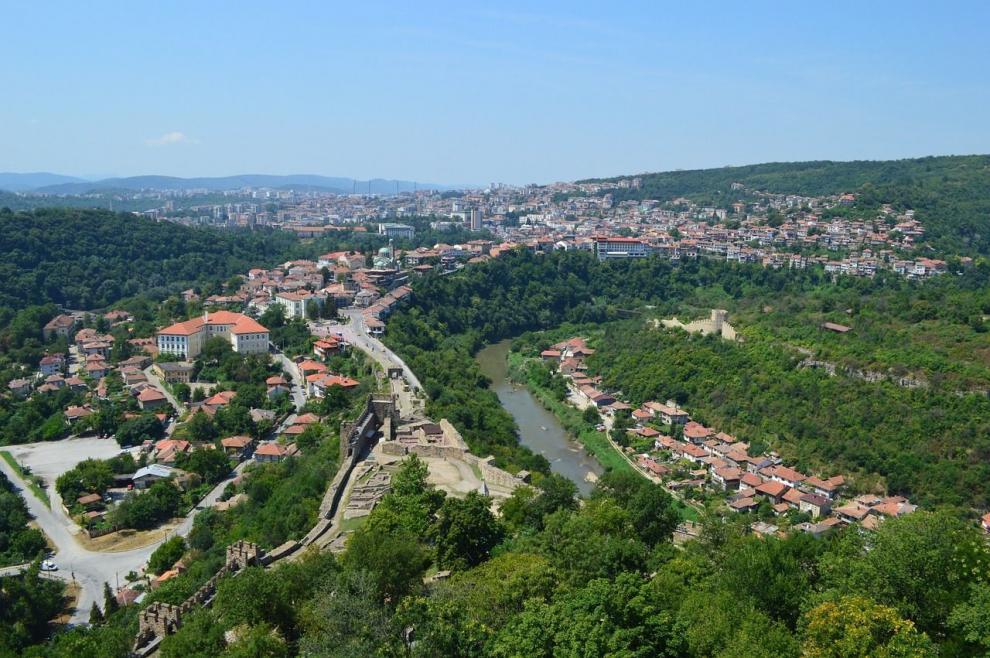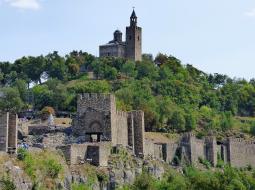Thessaloniki gets ready for its metro launch in November
The underground rapid transit lines have been under construction for almost two decades due to various project delays
 TheMayor.EU logo
TheMayor.EU logo 
The first traces of inhabitants in the region date back to the 6th century BC. A Thracian settlement from the 3rd millennium BC was found on Tsarevets Hill. In the Middle Ages, Tsarevgrad Tarnov was the jewel in the crown of Bulgarian rulers. After the Bulgarians overthrew the Byzantine domination in 1185, Tarnovo became a capital city and remained as such until the invasion of the Ottomans in Europe. After the liberation of the city by the Russian army on 07 July 1877, here, in the building of the Turkish Konak, the crucial Constituent Assembly of 10 February 1879 took place. This was when one of the most democratic European constitutions at the time - the Constitution of Tarnovo was adopted. This historic act set the foundations of the New Bulgarian State. Today, Veliko Tarnovo is a modern European city that is not only an administrative centre, but also a tourist destination and a cultural meeting point.
Veliko Tarnovo is located in the central part of Northern Bulgaria. The Municipality of the same name, which is also the centre of Veliko Tarnovo Region, consists of 89 settlements. Today, Tarnovo is the 15th biggest city in the country and undoubtedly one of the most beautiful and visited in Bulgaria. Tarnovo is the third capital of the Bulgarian Kingdom (from 1187 to 1393). At the time of its medieval boom, the city played an important role on the European economic and political scene.
Agriculture is one of the priority sectors that has a traditionally important place for the economy at national and regional level. Plant growing as a major sub-sector is widely spread in the region, which has a favourable influence on the other element of the sector - animal breeding. The Municipality shows a permanent trend of increase in the share of the private sector, as opposed to the state and municipal sectors. This implies the need of efforts by all structures for the development of small and medium-sized enterprises, promotion of local entrepreneurship, strengthening of the private sector by raising awareness and improving the skills and the qualification of workers in the sector. The City and the Municipality are also developing as a tourist destination. Veliko Tarnovo is the most visited Bulgarian city from both Bulgarians and foreigners. In recent years, the number of tourists from Germany, France, England, Israel, the Netherlands, the United States, the Scandinavian countries and Japan, who have visited the Veliko Tarnovo region, has grown. Hunting tourism in the region is traditionally strong, with hunting fields in the area being managed mainly by hunting and fishing companies.

The natural inaccessibility of the Tsarevets Hill predetermined the choice to situate the seat of the supreme government of the state there. The complex fortification system ensured the safety of the people living in the fortress. Inside, there were buildings with richly decorated façades. The palace and the private quarters of the ruler had magnificent interior. The offices of the king's administration were situated in the Palace. The relics of the most revered female Bulgarian saint – St. Petka of Tarnovo were placed in the Palace church. Some of the Bulgarian rulers who reigned in the 14th century were buried in this temple. The Patriarchate, the "mother of all Bulgarian churches”, carried out the administration activities and the management of the church life.
Address: 5000 Veliko Tarnovo, 2 Mayka Balgariya Square